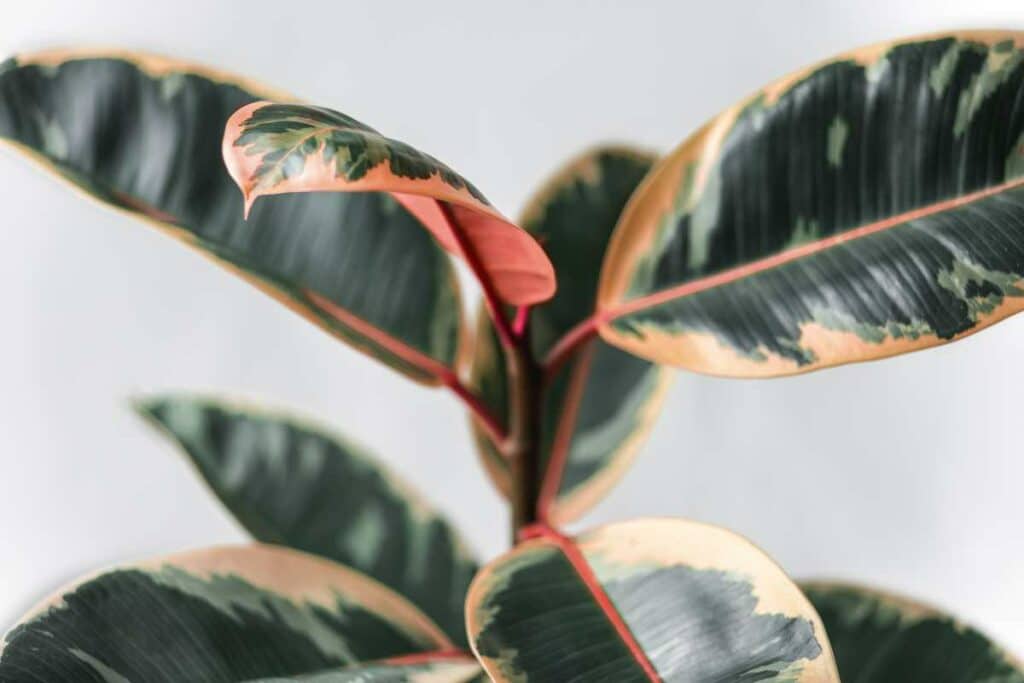Rubber plants, also known as Ficus elastica, are popular houseplants known for their glossy leaves and easy-care nature.
However, even the best plant owners can struggle to keep their rubber trees healthy and growing.
In this article, we will explore six common reasons why rubber plants struggle to thrive, and provide tips to help you revive your plant and bring it back to its full potential.
Tip 1: Ensure Proper Lighting
Rubber plants require bright, indirect light to grow. If your plant is not getting enough light, it may appear droopy and its leaves may turn yellow or brown.
To remedy this, move your plant to a brighter location, or consider using a grow light to supplement natural light.
Tip 2: Keep Your Rubber Plant Watered
Rubber plants thrive in consistently moist soil, but overwatering can be just as damaging as under watering.
To ensure your rubber plant is getting the right amount of water, wait until the top inch of soil is dry to the touch before watering. Additionally, make sure your pot has proper drainage to prevent waterlogged soil.
Tip 3: Provide Adequate Humidity
Rubber plants prefer humid environments, which can be a challenge in dry indoor spaces.
To increase humidity around your plant, consider using a humidifier or placing a tray of water near the plant. You can also mist the plant regularly to help increase moisture in the air.

Tip 4: Keep Your Plant Clean
Dust and debris can accumulate on your rubber plant’s leaves, hindering its ability to photosynthesize and grow.
To keep your plant healthy, wipe down the leaves with a damp cloth or sponge regularly. This will help ensure your plant is absorbing the maximum amount of light and nutrients it needs to grow.
Tip 5: Monitor Temperature
Rubber plants prefer warm temperatures between 60 and 85 degrees Fahrenheit. If the temperature drops below this range, your plant may become dormant and stop growing.
Additionally, keep your plant away from drafts and cold windows to prevent damage to its leaves.
Tip 6: Prune Your Rubber Plant
If your rubber plant is struggling to grow, it may be time to prune it. Pruning helps to remove any dead or damaged leaves and encourages new growth. When pruning, be sure to use clean, sharp shears to prevent damage to the plant.
Conclusion
By following these six tips, you can help revive your rubber plant and bring it back to its full potential.
Remember to provide proper lighting and watering, maintain adequate humidity, keep your plant clean, monitor temperature, and prune as needed. With a little care and attention, your rubber plant can thrive for years to come.
- Philodendron Care, Varieties, And Aesthetic Home Arrangements
- Best House Plants for Low Light – Thriving Indoors with Minimal Sunlight
- 15 Air-Purifying Houseplants That Release The Most Oxygen
- Purple Houseplants: Your Guide to Dramatic Indoor Beauty
- Philodendron Moonlight Vs. Golden Goddess
- How to Revive Your Rubber Plant: 6 Tips to Help Your Rubber Tree Thrive Again






